Subfloors-glued and screwed or nailed?
ibewye
10 years ago
Featured Answer
Sort by:Oldest
Comments (20)
texas_cajun
10 years agoRelated Professionals
Daly City Architects & Building Designers · Yorkville Design-Build Firms · Fredericksburg Home Builders · South Farmingdale Home Builders · Arizona City General Contractors · Buena Park General Contractors · Corsicana General Contractors · Hamilton Square General Contractors · Henderson General Contractors · Mount Vernon General Contractors · Point Pleasant General Contractors · Red Wing General Contractors · Reisterstown General Contractors · Valle Vista General Contractors · Winfield General Contractorsjennybc
10 years agovirgilcarter
10 years agoibewye
10 years agoLOTO
10 years agoworthy
10 years agoworthy
10 years agorwiegand
10 years agoworthy
10 years agoibewye
10 years agoworthy
10 years agoibewye
10 years agovirgilcarter
10 years agocz_scrap
10 years agoworthy
10 years agoibewye
10 years agoworthy
10 years agoibewye
10 years agoworthy
10 years ago
Related Stories
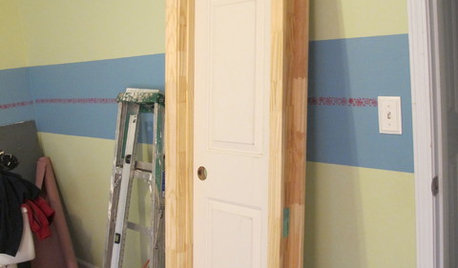
REMODELING GUIDESDIY: How to Install a Door
Homeowners who aren't afraid of nail guns can tackle their own pre-hung door project in a couple of hours
Full Story
FLOORSHow to Paint Your Hardwood Floors
Know how to apply nail polish? Then you can give your wooden floors a brand-new look
Full Story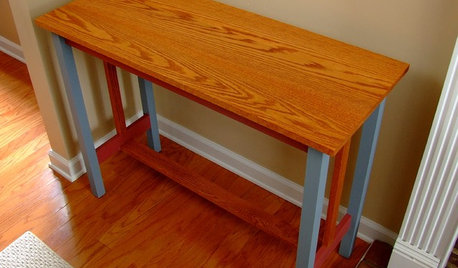
DIY PROJECTSPocket Hole Joinery, the Beginning Woodworker's Best Friend
Make a wide range of sturdy wooden pieces with just this little bit of know-how
Full Story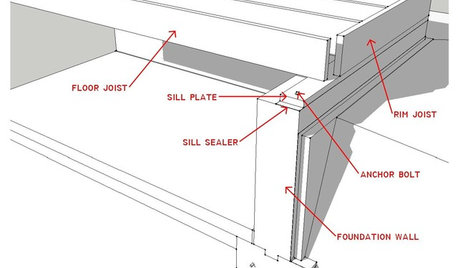
KNOW YOUR HOUSEKnow Your House: What Makes Up a Floor Structure
Avoid cracks, squeaks and defects in your home's flooring by understanding the components — diagrams included
Full Story
MATERIALSWhat to Ask Before Choosing a Hardwood Floor
We give you the details on cost, installation, wood varieties and more to help you pick the right hardwood flooring
Full Story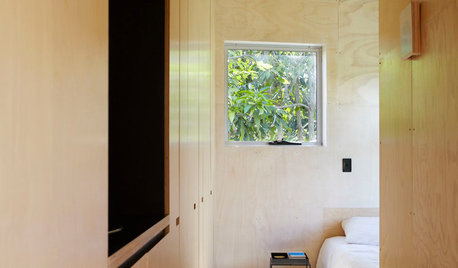
WOODDesign Workshop: Plywood as Finish
Trendproof your interior with this sensible guide to using this utilitarian material indoors
Full Story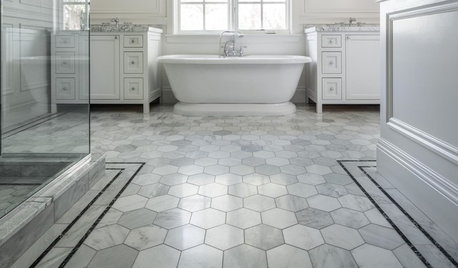
TILEWhy Bathroom Floors Need to Move
Want to prevent popped-up tiles and unsightly cracks? Get a grip on the principles of expansion and contraction
Full Story
WOODThe Power of Plywood All Around the House
Of course you've heard of it, but you might not know all the uses and benefits of this workhorse building material
Full Story
BACKYARD IDEAS7 Backyard Sheds Built With Love
The Hardworking Home: Says one homeowner and shed builder, ‘I am amazed at the peace and joy I feel when working in my garden shed’
Full Story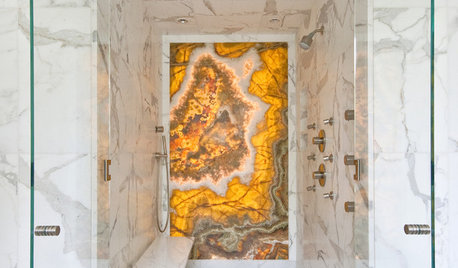
BATHROOM DESIGNHow to Build a Better Shower Curb
Work with your contractors and installers to ensure a safe, stylish curb that keeps the water where it belongs
Full StoryMore Discussions







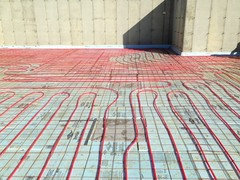



texas_cajun